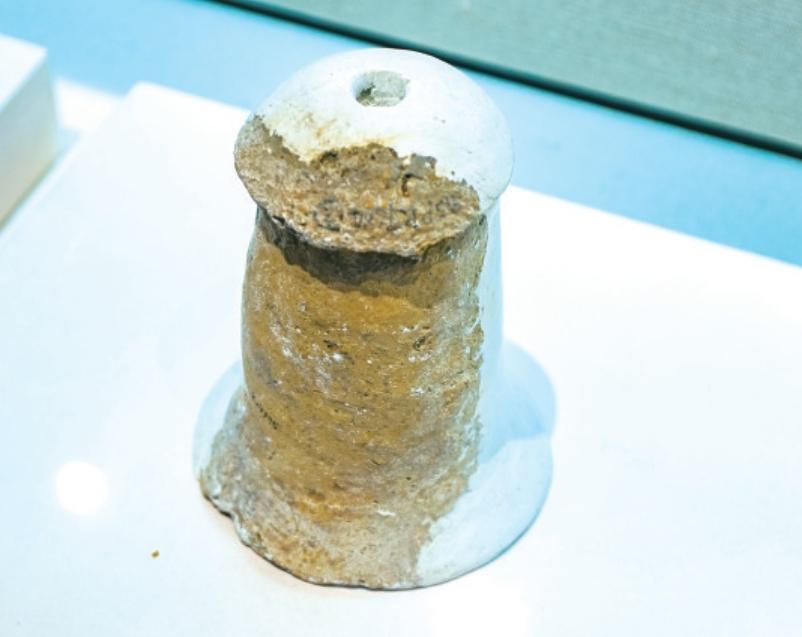Ceramic Support: The "portable cooking utensil" of Austronesian ancestors
Updated:2025-05-19 | Lin Kongbo, Stephanie
Ceremic support
Name: Ceramic Support
Excavation Site: Keqiutou site, Pingtan
Function: Cooking utensil
Era: Neolithic Period
Age: Approximately 6,500 years
Archaeological Findings:
Ceramic supports were used by ancient humans as props for cooking utensils like cauldrons, pots, and jars. Typically grouped in sets of three or four, they were placed under the bottoms of these vessels during cooking.
At the prehistoric culture exhibition hall of the archaeological research base, deputy director Hou Ronggui of the Pingtan International Austronesian Research Institute explained its usage. Standing before the Neolithic artifacts display, a companion remarked, "I've read about these before; they were ancient cooking utensils." Hou gave a thumbs-up in approval.
The restored ceramic support on display is cylindrical and made of coarse sand-tempered grey-yellow clay, presenting a reddish body and solid cylindrical structure—some are trumpet-shaped, while others have straight walls.
Notably, the Keqiutou site yielded a significant number of rounded-bottom ceramic vessels like cauldrons, bowls, jars, and variously shaped ceramic supports. According to Hou, these rounded-bottom ceramics paired with ceramic supports functioned like tripods, with one key difference: the supports were detachable. This unique feature reflected the Austronesian ancestors' adaptability and wisdom, allowing for easy disassembly and portability during migration.
However, there remains considerable academic debate about the true purpose of these ceramic supports. Some scholars believe they are parts of tripod stands, while others argue they might represent "ceramic ancestors," symbolizing fertility worship among ancient people.
Additional context:
The Keqiutou site, located in the northern part of Pingtan, is an important Neolithic cultural site with an area of approximately 15,000 square meters. In the 1980s, the Fujian Museum (formerly known as the Fujian Provincial Museum) dispatched an archaeological team to conduct the first large-scale excavation at the site. A total of 21 shell mound pits and one burial site were uncovered, yielding over 200 artifacts, including stone tools, bone tools, jade artifacts, shell tools, and pottery.
In the exhibition cases, numerous rounded-bottom pottery vessels such as cauldrons, bowls, jars, and uniquely shaped ceramic supports were displayed. These items were among the findings from the first excavation in 1985.

